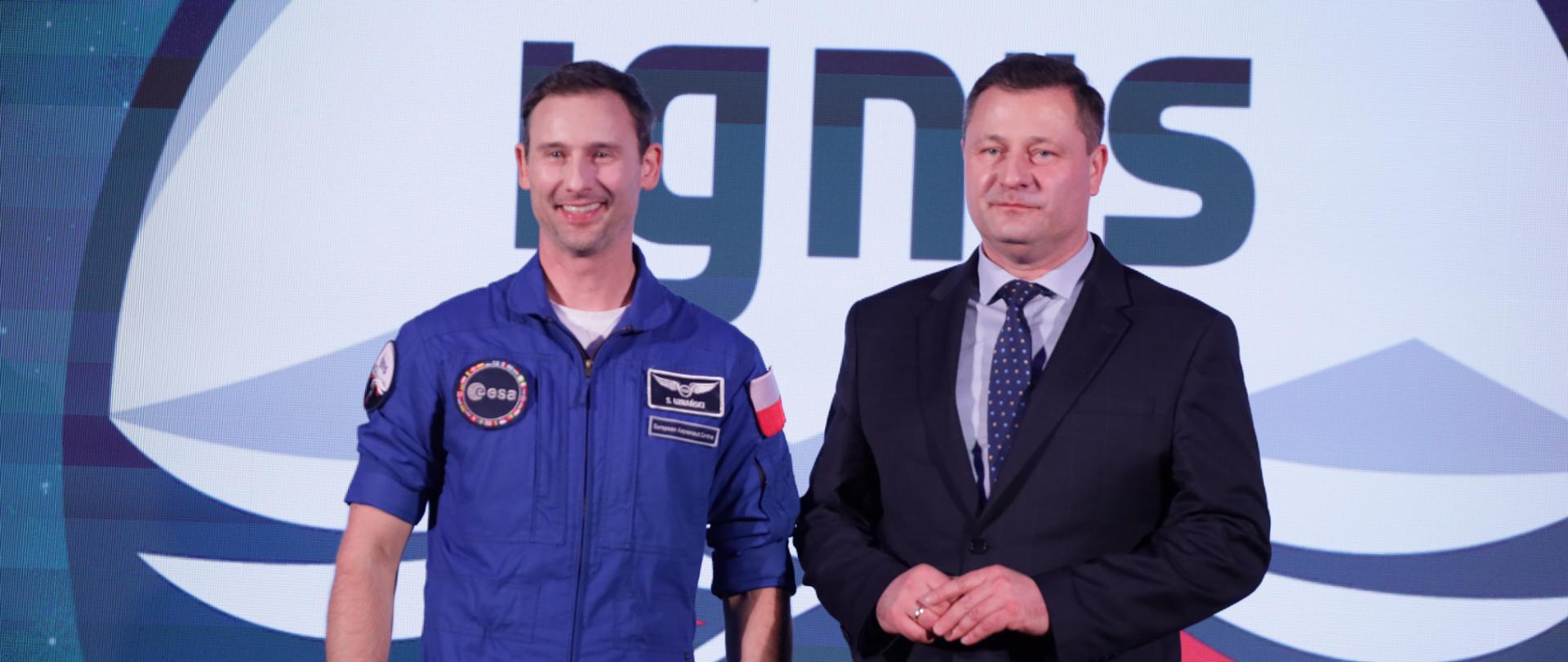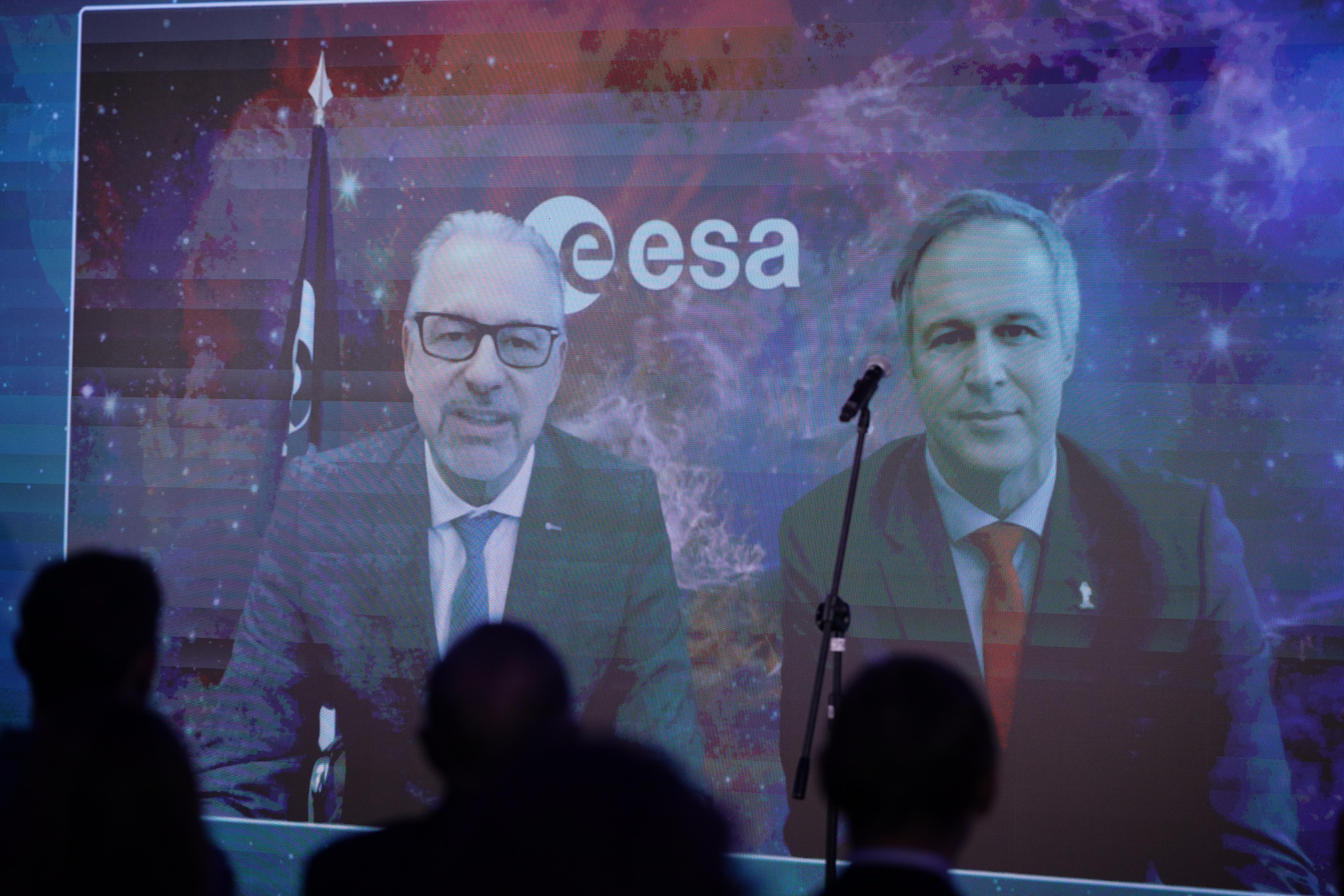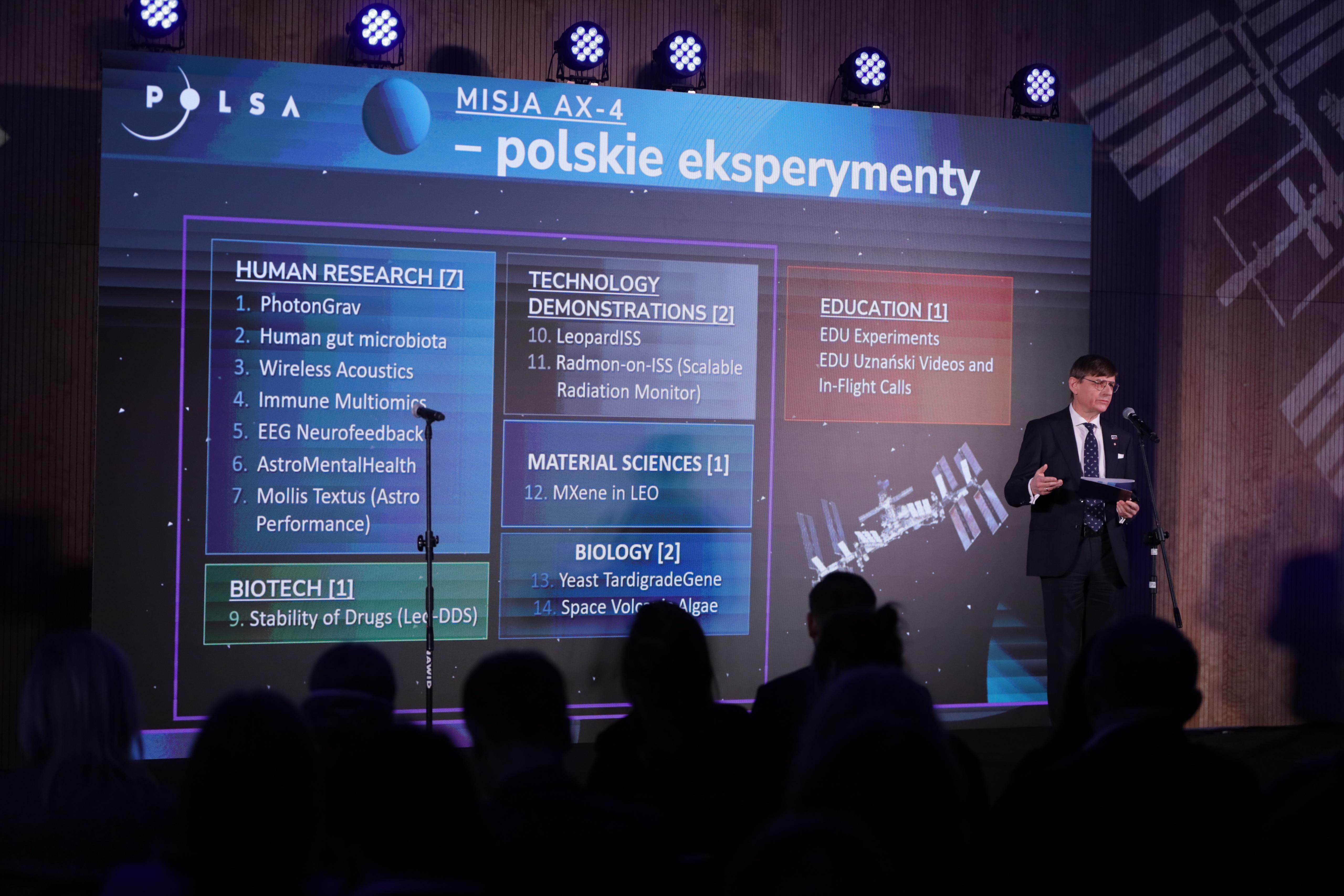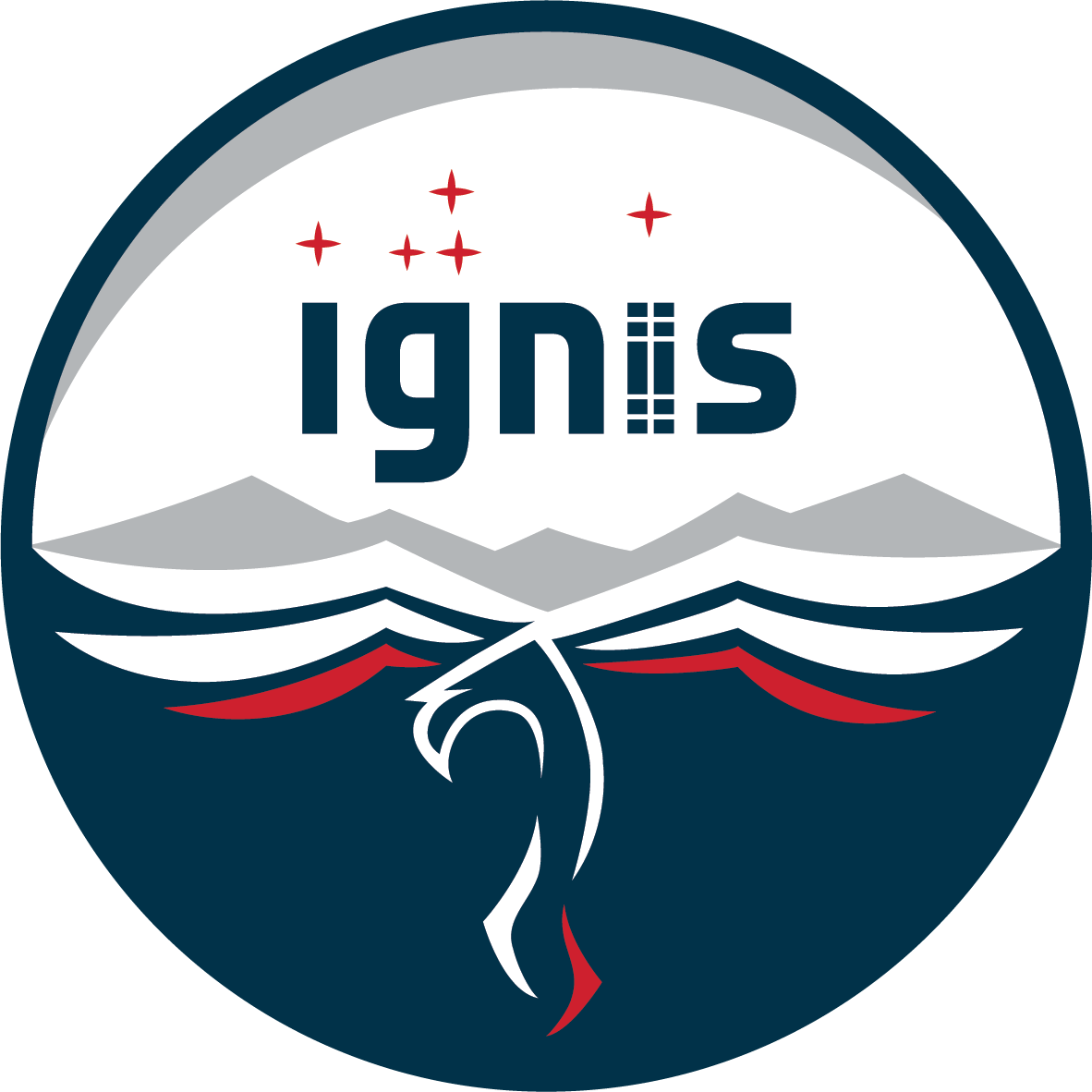“Ignis” – the first Polish mission to the International Space Station
02.12.2024
“Ignis”, which means “fire” – that’s how the official name of the Polish technological and scientific mission to the International Space Station sounds. Both the official name of the mission and its key objectives were unveiled today at the Copernicus Science Centre. – We often underestimate the impact of space technologies on our lives. I deeply believe that the today’s event will be a quantum leap in the life of each of us and also a big step forward for the Polish economy – emphasized the Minister of Economic Development and Technology Krzysztof Paszyk.

The mission to the International Space Station with participation of the Polish astronaut – Sławosz Uznański, PhD – will be named “IGNIS”, which means “fire” in Latin. This is also the symbol of creativity, energy and passion. The Polish mission is the technological and scientific initiative, which will benefit both our country and the international community. The commitment of the Polish companies and scientific institutions will allow for conducting the experiments affecting development of medicine, biology, engineering and space technologies, of which we should at least mention human microbiome research, tests of new materials or artificial intelligence projects. This is a tremendous opportunity for the Polish space sector to built unique competences and accelerate commercialisation of space technologies
– stressed the Minister of Economic Development and Technology Krzysztof Paszyk during the conference at which the name and symbol of the Polish manned mission to the International Space Station were announced.
We celebrate the first Polish technological and scientific mission to the International Space Station. This is the best example of dynamic development of Poland in the field of space technologies and its growing role as a trusted ESA partner. This mission demonstrates the international cooperation and involvement of ESA in development of the advanced technologies by means of providing commercial access to space. Together, we are preparing for the future beyond the low Earth orbit, emphasizing the Poland’s capacities and the strength of our joint ambitions. I wish to express my gratitude to the Ministry of Economic Development and Technology for its trust in ESA
– highlights the Director General of the European Space Agency, Josef Aschbacher.
Ax-4 mission
The Polish mission will form a part of the Ax-4 mission pursued with participation of Sławosz Uznański, PhD, selected the ESA Reserve Astronaut in November 2022 after a year-long process. He was chosen from more than 22 thousand competitors. Since 1 September 2023, Sławosz Uznański has been the ESA Project Astronaut.
AX-4 will be the second commercial manned mission with participation of the ESA Project Astronaut. The mission is funded by the Ministry of Economic Development and Technology and the project is implemented in cooperation with ESA. During the mission, Doctor Uznański will conduct several technological and scientific experiments proposed by the Polish companies and institutions.
The ESA Project Astronaut will operate as the mission specialist under the command of Peggy Whitson – Director of Human Space Flight in Axiom Space and former NASA astronaut. Doctor Uznański will be the second Pole in space and the first one to reach the International Space Station. The other crew members include Pilot Shubhanshu Shukla from India and Mission Specialist Tibor Kapu from Hungary.
While awaiting the final approval of the mission by the international committee responsible for the International Space Station – the Multilateral Crew Operations Panel (MCOP), the Ax-4 crew has been undergoing tough trainings at the sites located around the world. The trainings take place at the ESA European Astronaut Centre in Germany as well as at the sites operated by Axiom Space, NASA and SpaceX in the United States and at JAXA in Japan. The crew will reach the International Space Station with Falcon 9 rocket and Dragon manned capsule by SpaceX.
Scientific experiments during the “Ignis” mission
During the 14-day long mission, the crew will perform research in the microgravity conditions, focused among others on the astronauts’ health, microbiome, new materials and technologies, including the use of artificial intelligence, and will be also involved in educational activities.
The “Ignis” mission is a breakthrough event not only for our space sector. Thirteen Polish experiments in the field of technology, biology, medicine and psychology, developed by the Polish scientists and engineers, will open new possibilities for the Polish research and – in longer time perspective – boost competitiveness of Poland at the international level. The Polish ESA Project Astronaut, Sławosz Urbański, PhD, will be the second Pole in space and therefore the best ambassador of the Polish science and industry and inspiration for the next generations
– says Professor Grzegorz Wrochna, President of the Polish Space Agency.
The mission name – “Ignis” – is the symbol of a spark of innovation and ambitious contribution of Poland to space exploration. The partnership between ESA, Poland and Axiom Space acts as a major milestone for the commercial space flights by enabling the second mission with the ESA project astronaut and emphasizing the Europe’s readiness to the advanced space exploration. This enhances its role in developing the future of space technology
- says Daniel Neuenschwander, Director of Human and Robotic Exploration at ESA.
“Ignis” mission patch
Patches form the inherent part of each mission. The astronauts wear them during the flight – this tradition was born six decades ago. These badges usually reflect the personality of an astronaut, mission goals and creativity of the artist. The official mission name “Ignis” comes from a Latin word meaning “fire”.
The leitmotiv of the mission patch is the white and red eagle referring to the Polish national emblem and colours. The outspread wings of the eagle reflect the contours of the Tatra Mountains, specifically the Eagle's Path, while the shape of the eagle’s tail resembles a flame. The second letter “i” in the mission name – “Ignis” – borrowed its shape from the International Space Station. The stars above form the Scutum Sobiescianum constellation. This is a homage paid both to the Polish tradition and to the great Gdansk astronomer, Johannes Hevelius (1611–1687). The silver line in the upper part of the patch symbolises a horizon – the dawn of a new era in space exploration.



